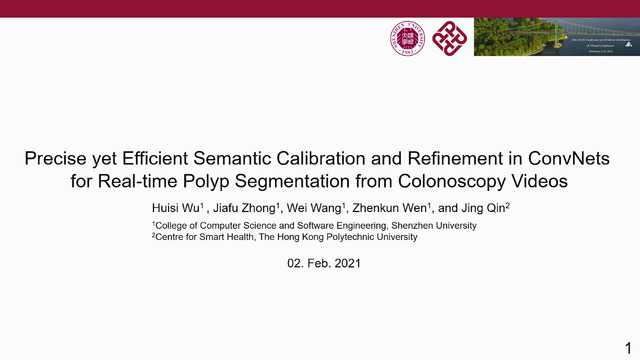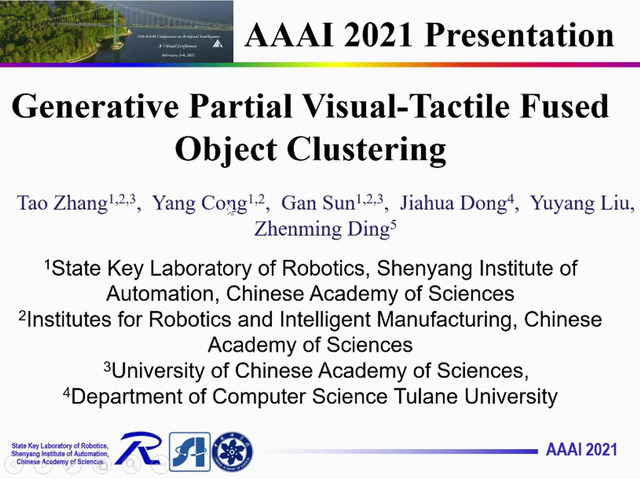Abstract:
With the increasing popularity of location-aware social media services, next-Point-of-Interest (POI) recommendation has gained significant research interest. The key challenge of next-POI recommendation is to precisely learn users’ sequential movements from sparse check-in data. To this end, various embedding methods have been proposed to learn the representations of check-in data in the Euclidean space. However, their ability to learn complex patterns, especially hierarchical structures, is limited by the dimensionality of the Euclidean space. To this end, we propose a new research direction that aims to learn the representations of check-in activities in a hyperbolic space, which yields two advantages. First, it can effectively capture the underlying hierarchical structures, which are implied by the power-law distributions of user movements. Second, it provides high representative strength and enables the check-in data to be effectively represented in a low-dimensional space. Specifically, to solve the next-POI recommendation task, we propose a novel hyperbolic metric embedding (HME) model, which projects the check-in data into a hyperbolic space. The HME jointly captures sequential transition, user preference, category and region information in a unified approach by learning embeddings in a shared hyperbolic space. To the best of our knowledge, this is the first study to explore a non-Euclidean embedding model for next-POI recommendation. We conduct extensive experiments on three check-in datasets to demonstrate the superiority of our hyperbolic embedding approach over the state-of-the-art next-POI recommendation algorithms. Moreover, we conduct experiments on another four online transaction datasets for next-item recommendation to further demonstrate the generality of our proposed model.










































